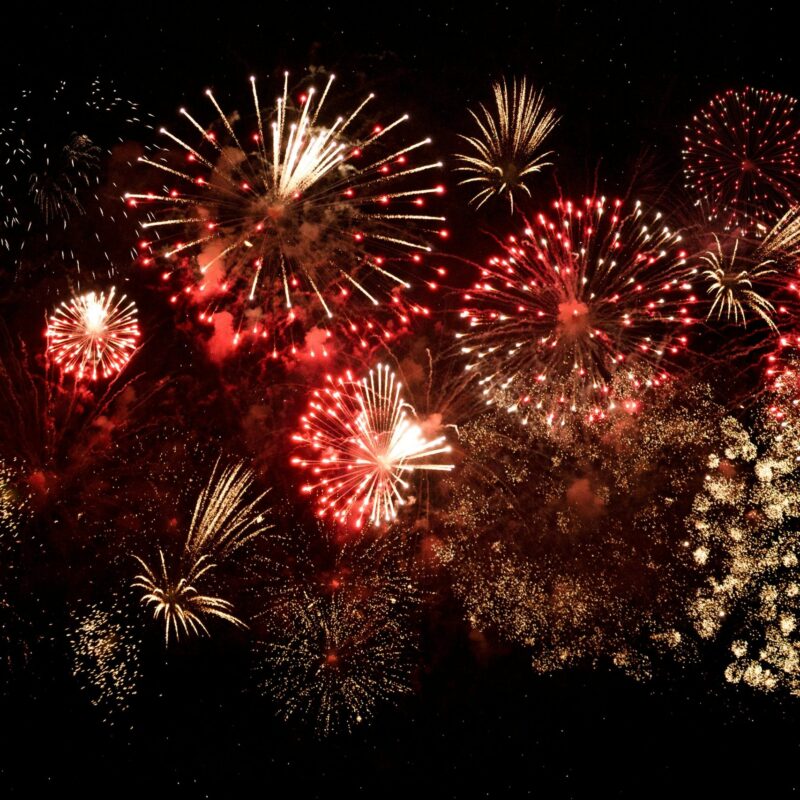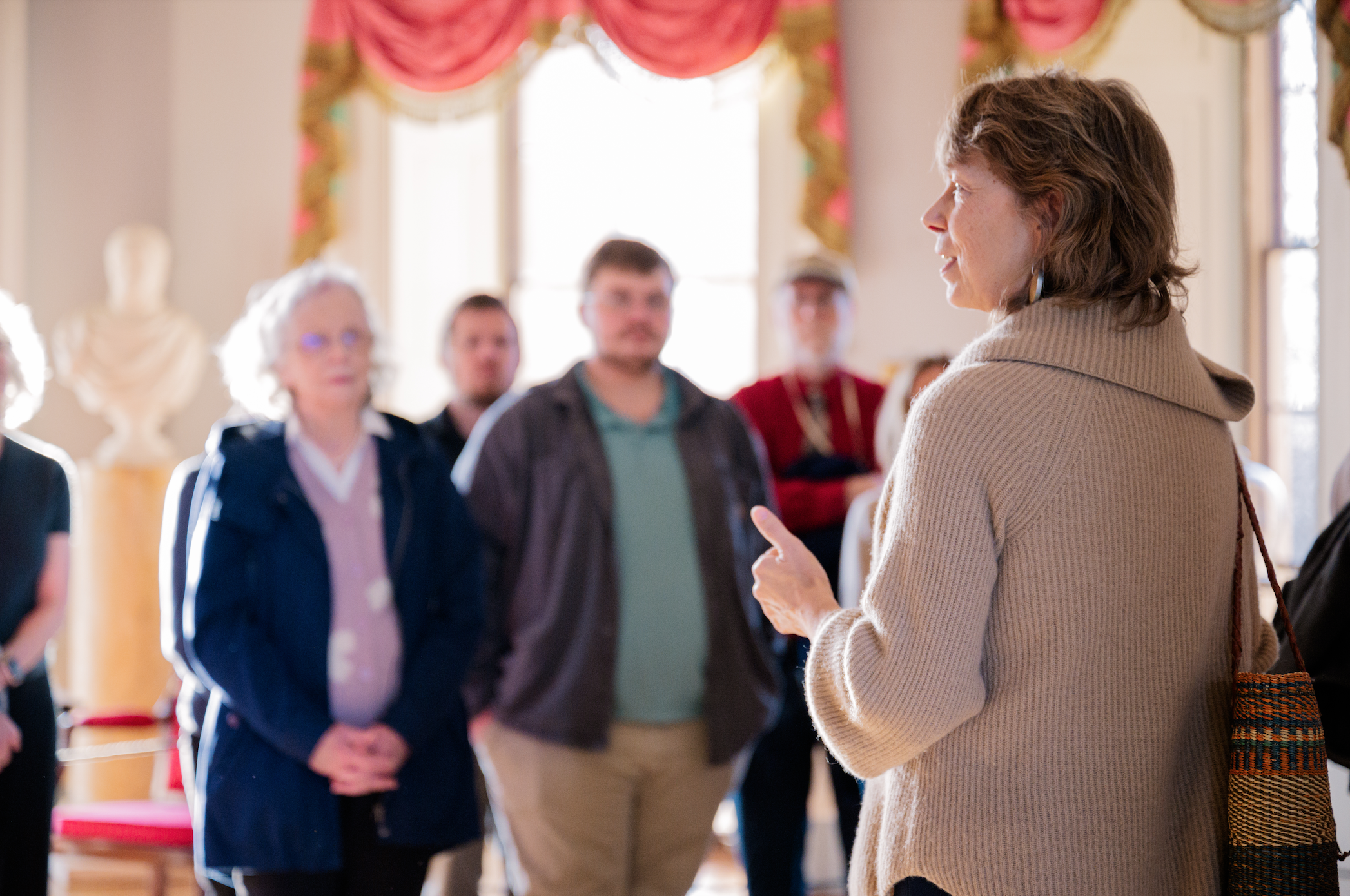Since the 19th century, Barolo has been called the wine of kings and the king of wines. It is widely considered Italy’s finest wine, but a 30-year-long battle continues between traditional producers making the Barolo of yore and modern producers making the Barolo of now. Dramatically termed the Barolo Wars, this debate is more Iron Chef than Axis of Evil, with French oak, shorter maceration periods, and rogue grape varietals as the employed weapons; however, with many of today’s examples bearing little resemblance to the original, is Barolo still Italy’s greatest wine?
|
Italy’s esteemed Barolo has come from these castle- and vine-covered hills in the northwestern region of Piedmont for more than 200 years. |
One of the first wines to achieve DOCG status (Italy’s government-issued stamp of ultimate approval), Barolo is made from Nebbiolo grapes in the northern Alpine region of Piedmont. With thin skins, high acid, high tannin, early bud breaks that must endure springtime hail, and a late harvest that’s a race against heavy rain and dropping temperatures, Nebbiolo grapes have the deck stacked against them. If their flavors of roses, licorice, and dried cherries weren’t so uniquely beguiling, growers might have left them for the birds long ago.
It’s in the handling of these precarious grapes that we see the chasm between producers. Thin-skinned grapes mean low color extraction, so for maximum extraction, traditional producers employ a three-week maceration period (see Winespeak 101). Then, they slowly soften the teeth-furring tannins that result from extended maceration through several years of aging in large oak (usually Slovenian) casks. This method ensures imperceptible oak, but with the minimum aging requirement (two years in oak, one year in bottle) not even coming close to taming the wines’ wayward tannins and acidity, the process can also lead to withered fruit and oxidation. That’s a sad fate for a wine that’s been tended to for years, so what’s a Barolo producer to do?
A group of producers in the 1980s modernized the process to appeal to fruit-loving, instant gratification palates everywhere. The new (and, in their books, improved) process includes shorter maceration periods (result: less tannin extraction), cooler fermentation temperatures (result: preservation of fruit aromas and flavors), small French oak barrels (result: accelerated tannin-softening), and higher cellar temperatures towards the end of fermentation (result: incites malolactic fermentation, thus calming acidity). And, a commonly suspected, but unproven practice is adding a percentage of thicker-skinned grapes (like Cabernet Sauvignon, Merlot, or Syrah) for deeper color. The resulting wines are fruitier, less cantakerous, and ready to drink sooner.
Sounds like a win-win, right? Not for traditionalists who argue that the characteristic vanilla taste imparted by French barriques covers up all that is gloriously distinctive about Nebbiolo and Barolo’s calcareous-clay terroir.
Most producers disclose their stance via label description, so taste a few and pick your side. Either way, it’s a battle that we drinkers can’t really lose—traditional or modern, Barolo is still a great wine from Italy (if not the greatest) fit for a king.
Barolo for the traditionalist
Cavalier Bartolomeo Barolo 2001. Tastings of Charlottesville. $59.95
Rocche Costamagna Barolo “Bricco Francesco” 2004. Market Street Wineshop. $56
Vietti Barolo “Castiglione” 2006. Foods of All Nations. $48.99
Barolo for the modernist
Batasiolo Barolo 2005. Tastings of Charlottesville. $34.95
Lodali Barolo “Bric Sant’Ambrogio” 2006. Orzo Kitchen & Wine Bar. $56
Morando Barolo 2005. Feast!. $29.95
Blends prevail: A winner and a debutante
Governor Robert McDonnell and his wife Maureen might not have the star power of James Franco and Anne Hathaway, but their unveiling of the 2011 Virginia Governor’s Cup red wine winner at the Virginia Wine Expo in Richmond on Friday night was no less exciting. Linden-based Fox Meadow Winery took the cup for its 2008 Meritage Le Renard Rouge, a 50/50 blend of Cabernet Franc and Merlot.
While Fox Meadow celebrates its win, another wine prepares for its coming out party. 3, the joint effort of three local winemakers, will debut at Pollak Vineyards on Thursday, March 3, from 3:33-5:30pm. This Bordeaux-style blend of equal parts Merlot, Petit Verdot, and Cabernet Franc from the 2009 vintage will also be poured at the three participating wineries (King Family, Veritas and Pollak) on Sunday, March 6. Each winery will have 45 cases of this limited edition wine for sale. The price? You guessed it: $33.33 per bottle.
Winespeak 101
Maceration (n.): The period of time grape juice spends in contact with the skins and seeds extracting their color and tannin.
/_Barolo.jpg)




